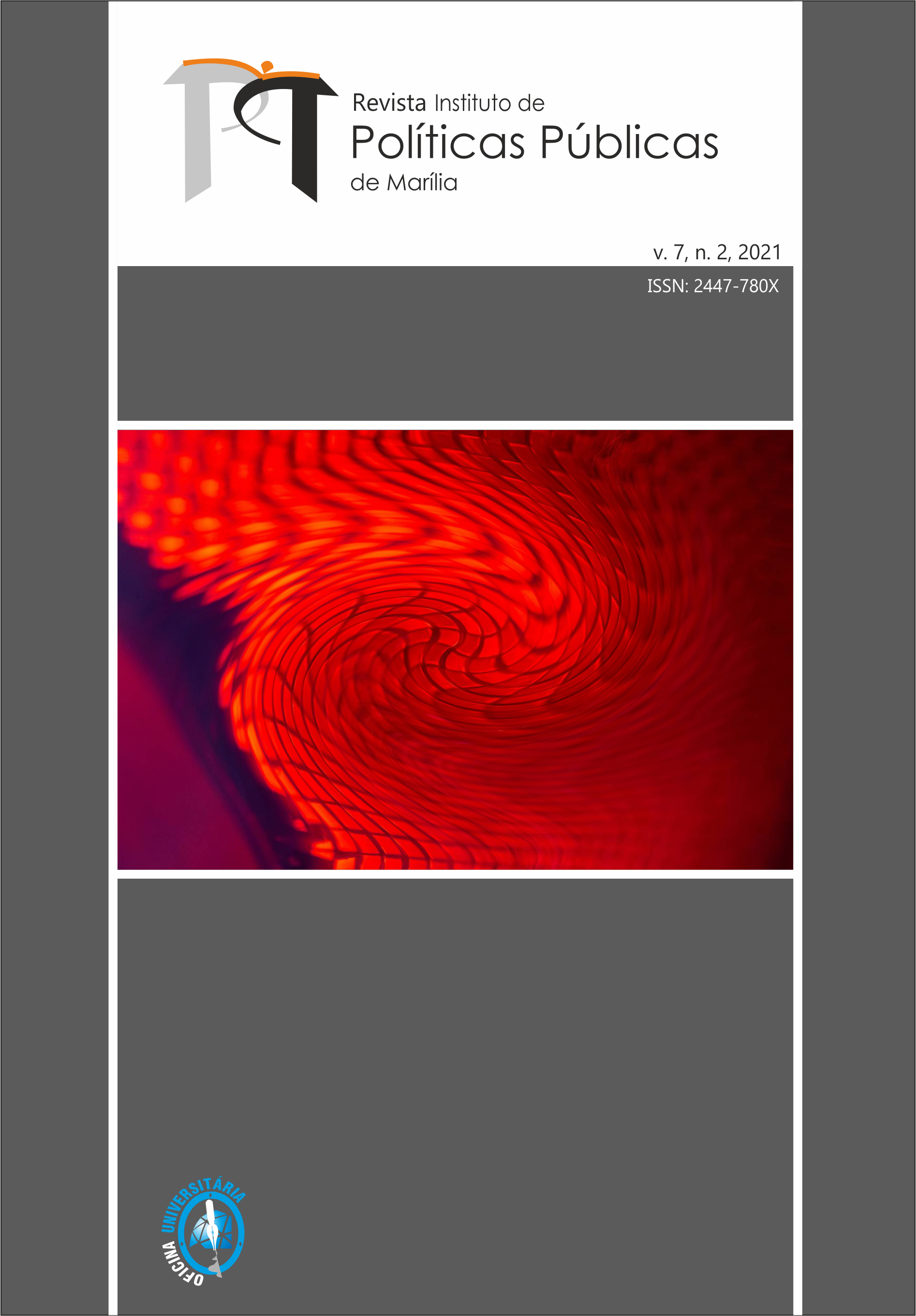Electronic sites and pedagogical workshops
learning facilitators in the technical course in industrial automation
DOI:
https://doi.org/10.36311/2447-780X.2021.v7.n2.p9Keywords:
Digital Technologies, Learning, Programming language, Technical educationAbstract
The courses in the area of technology are always a challenge for the teacher to work with the disciplines of computer programming, which focus on two disciplines, one related to the construction of algorithms and the other focused on a certain programming language. This brings to the students some difficulties in their learning, resulting in dropping out or abandoning the course. Therefore, the objective of the present work is to propose the realization of pedagogical workshops using digital technologies, such as electronic sites, for the construction of practical activities that will facilitate the learning of programming language in the concomitant technical course in Industrial Automation of the Maracanaú campus. To support the present work, we sought specialist authors in the area under study, such as: Nascimento (2007), Joye and Joye (2013), Masseto (2010), Sajaniemi and Kuittinen (2003), in addition to consulting the electronic sites (sites) used in the workshop proposal. As for the research methodology, it is of a qualitative type. In addition, the proposed activities allow students to learn how to use a microcontroller, the Arduino®, in order to improve their learning in the course, because, when using practical workshops, the proposal developed allows their application for as long as it lasts. emergency remote education, or be implemented in the future in teaching laboratories in person.
Downloads
Downloads
Published
Issue
Section
License
Copyright (c) 2022 Revista do Instituto de Políticas Públicas de Marília

This work is licensed under a Creative Commons Attribution 4.0 International License.
The published document becomes the property of the Revista RIPPMar, with its total or partial reprint being subject to the Creative Commons CC BY license adopted by the journal, and the original publication source must be acknowledged. No submission, evaluation or editing fees are charged.







